Graphics Reference
In-Depth Information
of curves. However, we pause at this stage and point out a defect in our definition, at
least as far as an algebraic geometer is concerned. Our definition was more topolog-
ical than algebraic. “Pure” algebraic geometry should not have to rely on a notion of
continuity or differentiability of functions.
The next theorem gives several other characterizations of dimension that are
purely algebraic in nature. As a result we see that the dimension of a variety does not
depend on any particular coordinatization.
10.16.9. Theorem.
Let
V
be a nonempty irreducible algebraic variety in k
n
or
P
n
(k).
If k =
C
, then there is an integer d with the property that the following statements
about
V
and d are equivalent:
(1) dim
V
= d.
(2) There is a finite map f :
V
Æ k
d
.
(3) tr
k
(k(
V
)) = d.
(4) If
V
=
V
0
…
V
1
… ...…
V
s
π f is any maximal chain of nonempty distinct irre-
ducible subvarieties
V
i
, then s = d.
(5) If 0 = I
0
à I
1
à ...à I
s
is any maximal chain of distinct prime ideals I
i
in k[
V
],
then s = d.
The rest of this section is devoted to motivating this theorem and sketching a
proof. See [Kend77], [Harr92], or [Shaf94] for more details. It should be noted that
as far as proofs are concerned, the only thing important about the complex numbers
is that they are algebraically closed. Only the definition of dim
V
was inherently
dependent on the complex numbers.
(1) ¤ (2) ¤ (3): Consider the affine case. By Theorem 10.13.38(2) there is an m,
m £ n and a finite map
k
m
f
:
V
Æ
.
The pullback map
(
)
Æ
m
()
f
*:
kk
k
V
is one-to-one and k(
V
) can be thought of as a finite extension of k(k
m
), which is just
k(X
1
,X
2
,... ,X
m
). This shows that the transcendence degree of k(
V
) is m. Since f is a
regular map, it follows that
V
is locally homeomorphic to k
m
, so that m = d.
Using (3) in Theorem 10.16.9, one can prove the following theorem, which is
needed to prove that (4) and (5) are equivalent to (3).
Let
W
be a subvariety of a variety
V
in
C
n
or
P
n
(
C
).
10.16.10. Theorem.
(1) dim
W
£ dim
V
.
(2) If
V
is irreducible and dim
W
= dim
V
, then
W
=
V
.
Proof.
See [Kend77] or [Shaf94].
Another result we shall need is

